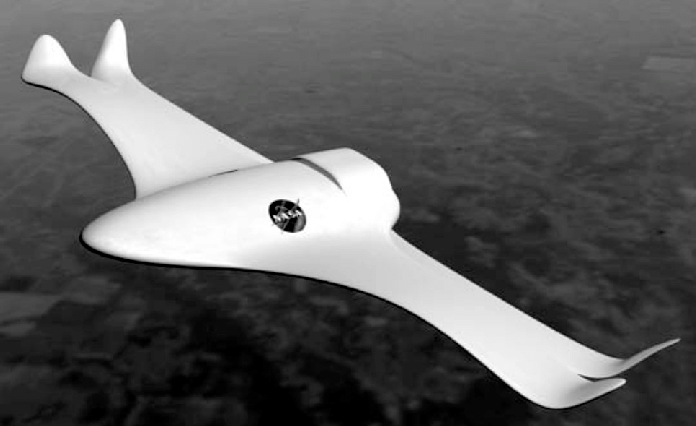
INTRODUCTION:
Morphing wings are an advanced aerodynamic concept where an aircraft’s wings change shape in real time to optimize performance, efficiency, and maneuverability. These wings are inspired by birds and insects, which naturally adjust their wings for different flight conditions.
Key Features of Morphing Wings:
- Shape-Shifting Airfoil – Wings adjust their curvature, span, and sweep angle for optimal lift and drag.
- Material Innovation – Uses smart materials like shape-memory alloys, carbon composites, or flexible polymers.
- Biomechanics-Inspired Design – Mimics bird wings for seamless adaptation.
- Actuator & Sensor Integration – Uses AI-driven sensors and lightweight actuators to control shape changes dynamically.
- Fuel Efficiency & Performance – Reduces drag, enhances lift, and adapts to different flight phases (takeoff, cruise, landing).
- Stealth & Noise Reduction – Minimizes radar signature and sound, useful for military aircraft and drones.
WORKINGS:
- Morphing wings can change their shape automatically during flight.
- They can be designed to adapt to different mission requirements.
- They can help aircraft maintain efficiency as their weight and distribution change during flight.
ADVANTAGES:
1. Improved Aerodynamic Efficiency
Morphing wings optimize lift and drag by adjusting shape in real time, leading to better performance and fuel efficiency.
2. Fuel Savings & Reduced Emissions
By minimizing drag and maximizing lift, these wings can reduce fuel consumption, making aircraft more eco-friendly.
3. Enhanced Maneuverability
Aircraft can dynamically change wing shapes for better agility, control, and adaptability to different flight conditions.
4. Multi-Role Capability
A single aircraft can perform multiple roles (e.g., high-speed fighter and long-range glider) by changing wing configurations.
5. Quieter & Stealthier Flight
Morphing designs can reduce noise and radar cross-section, benefiting both commercial aviation and military applications.
6. Better Performance in Extreme Conditions
Adaptability allows aircraft to handle turbulence, strong winds, and various altitudes more efficiently.
DISADVANTAGES:
1.Complexity & High Cost
Advanced materials, actuators, and control systems increase design complexity and production costs.
2. Weight Concerns
Additional mechanisms for wing morphing can add weight, potentially offsetting some efficiency gains.
3. Structural Integrity Challenges
Wings that frequently change shape must withstand repeated stress, which can lead to durability and reliability issues.
4. Increased Maintenance & Repair Costs
More moving parts and advanced materials mean higher maintenance requirements and potential for mechanical failures.
5. Energy Consumption
Actuators, sensors, and smart materials require power, which may increase energy demands for the aircraft.
6. Certification & Safety Concerns
Aviation authorities (like FAA, EASA) would need rigorous testing and regulations to ensure safety before commercial adoption.
